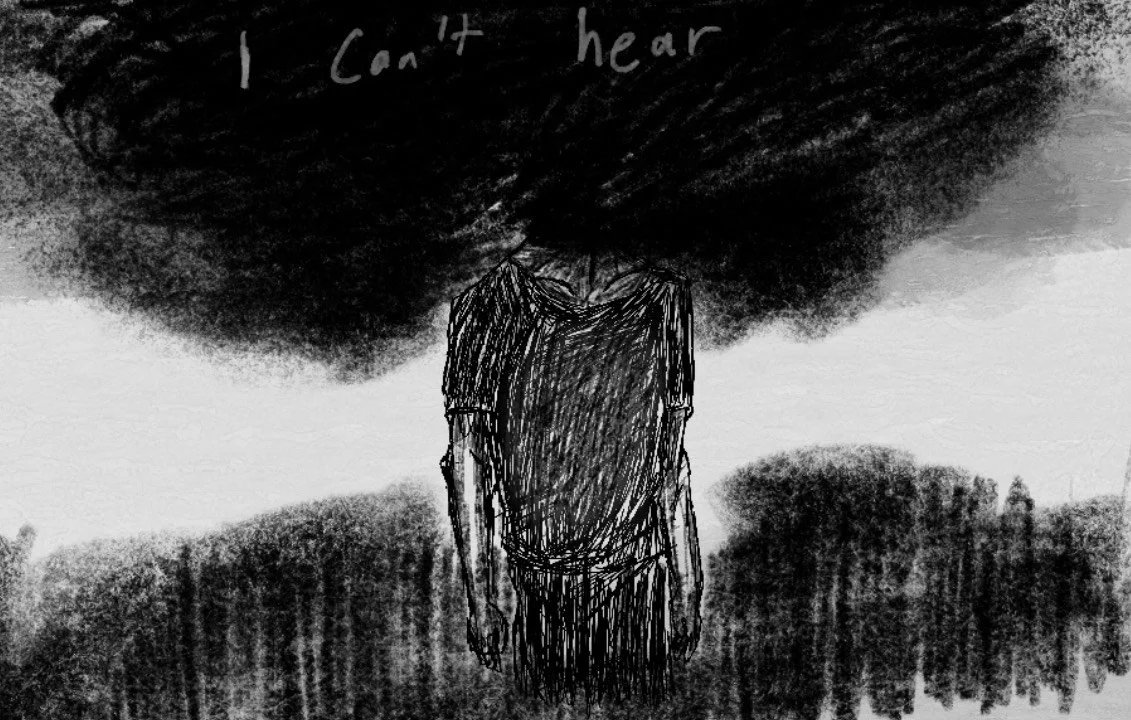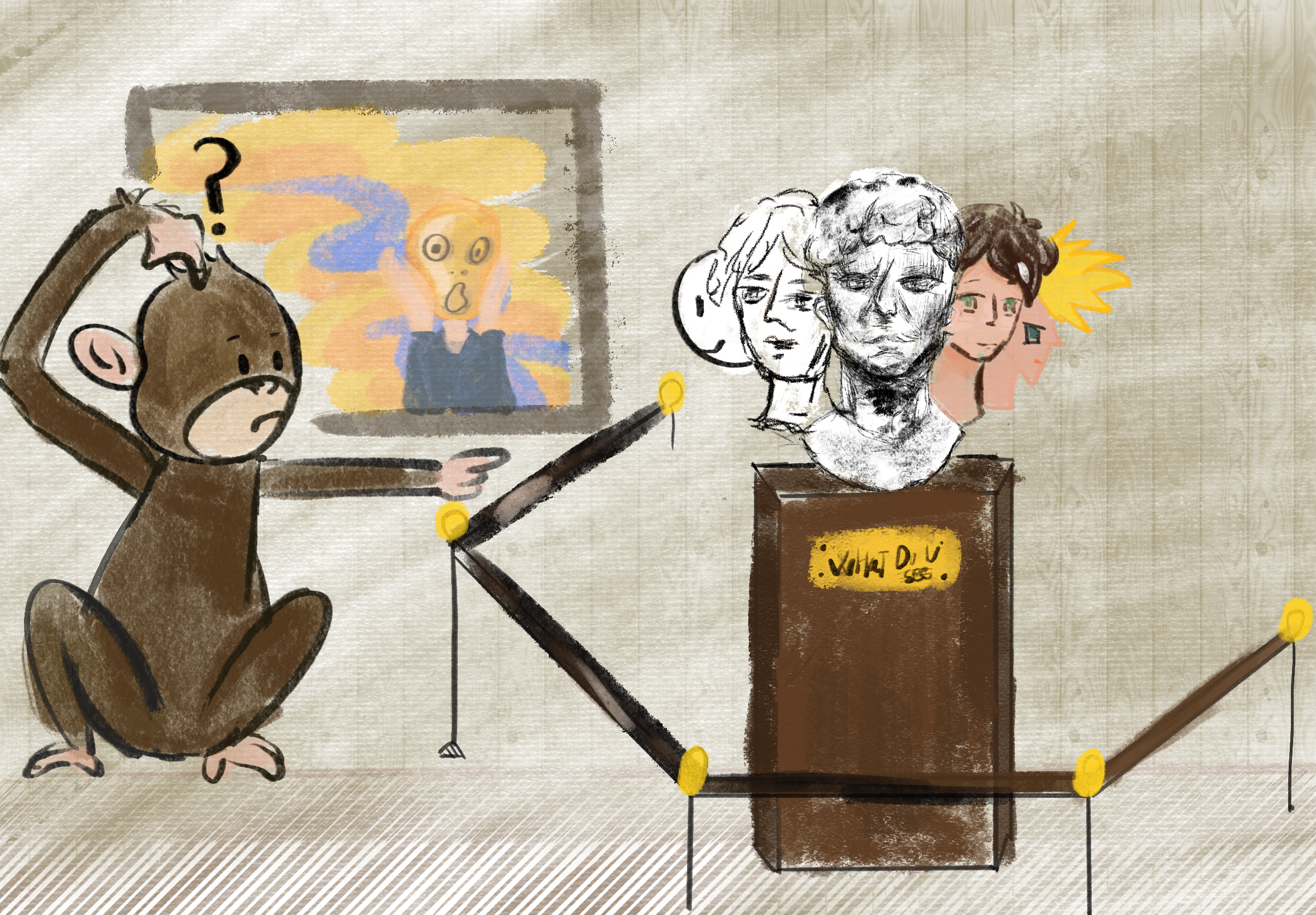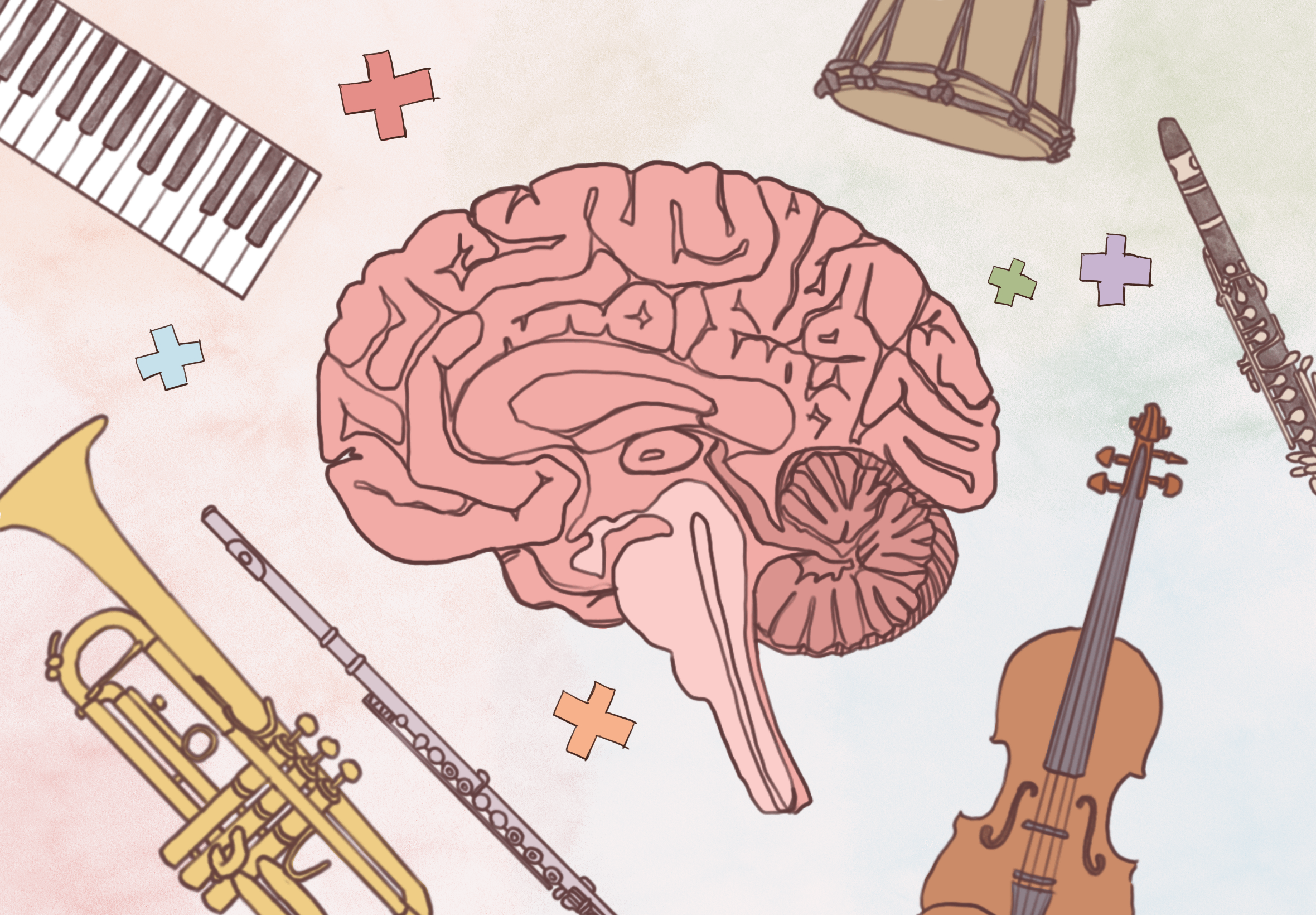Volume V Biological Sciences
How Auditory Deficits In Children Impact Speech Production.
Written by: Morgan Nguyen | Edited by: Vivian Zhang | Graphic Design by: Ethan Kung
You may have a preconceived idea about what deafness might be, but there are many types of deafness, each with its own unique characteristics and challenges. Understanding the differences between these conditions is crucial in addressing the specific needs of children with hearing impairments and providing them with the tools they would need to communicate with the rest of the world.
The Science Behind Face Recognition
How Your Brain Processes and Comprehends Faces
Written by: Mariano Frare | Edited by: Andre Hsieh | Graphic Design by: Annie Yuan
Have you ever recognized a friend in a crowd of strangers before even thinking of their name? This instant recognition stems from a complex system in your brain specifically designed for one purpose: processing faces. But what makes this recognition possible? Research has shown that our brains contain specialized regions dedicated to processing and recognizing faces, allowing us to instantly distinguish between friends and strangers.
Four years ago, on December 12, 2019, the first case of the disease that would be known as COVID-19 was reported. Since then, many strains of the pathogen that causes it, SARS-COV-2, have been discovered and labeled. Sometime during the pandemic, many of us may have received news of the nefarious Omicron variant, or something concerning called B.1.1.7–but what are these things, and where did they come from? How are they related to the “original” COVID virus, and what’s different about them?
Recapping the COVID-19 pandemic
Written by: Amy Yao | Edited by: Miranda Huang | Graphic Design by: Vivian Zhang
How prenatal experiences affect fetal amygdala development and emotional regulation
Written by: Bernadette Mukeba | Edited by: Mariano Frare | Graphic Design by: Janessa Techathamawong
In the darkness of the womb, a silent conversation takes place between the mother and fetus. Encapsulated in biochemical signals, quiet pulses of sadness and fleeting moments of calm guide the architecture of the baby’s amygdala.
The Future is Green, but Not in the Way You Think
How matcha is overtaking the coffee scene and changing our energy consumption
Written by: Miranda Huang | Edited by: Amy Yao | Photo by Mirko Stodter
The green tea powder, differentiated between its culinary and ceremonial grades and known for its clunky Starbucks aftertaste and wide range in color, is a polarizing topic. Are you a matcha person or a coffee person? Can you be both?
The role of music in brain development and rehabilitation
Written by: Nifemi Akinwande | Edited by: Miles Lee | Graphic Design by: Cadence Liang
The roles of music therapy in human health and rehabilitation have recently become more solidified in the medical field, and while strides are being made in field research, those strides are not reaching the public in terms of education. Researchers have found that music is a highly structured auditory language involving complex perception, cognition, and motor control in the brain, and thus it can effectively be used to retrain and reeducate the injured brain. If music can help stroke survivors walk again, patients with Parkinson’s regain coordination, and help recover memories lost to trauma, what more can it do?
Medicating Desire: Ozempic on the Brain
How does Ozempic affect the brain’s reward system?
Written by: Hanwen Zhang | Edited by: Luke Chang | Graphic Design by: Daniela Banda
Ozempic was brought into the public consciousness following a series of high-profile celebrity weight loss journeys including those of James Corden, Tracy Morgan and even Elon Musk. It has been criticized in popular media for fueling unrealistic body standards and eating disorders, but Ozempic appears to have a variety of other applications as well.
In the Midst of Mass Extinction, How an Oven Can Save Frogkind
After decades of mass amphibian die-offs due to a rapidly spreading fungus, scientists have discovered a cheap and creative solution in the kitchen
Written by: Ellis Fertig | Edited by: Andre Hsieh | Graphic Design by: Lauren Lu
The parable of the boiling frog goes as follows: “If you drop a frog into boiling water, it will jump out and survive. But if you turn up the temperature slowly, it will remain there until it dies.” This, of course, is a lie. Throwing a frog splashing into boiling water will harm it to the point that jumping out is infeasible. However, new science suggests that putting them in ovens may be the saving grace of all frog-kind.
The Science of Mental Health Medications
How popular psychiatric medications, like Lexapro, affect the inner workings of the brain and body
Written by: Laura Schusser | Edited by: Maria Teresa Mata | Photo by: Cottonbro Studio
Anxiety has become the most common class of psychiatric disorders, with a lifetime prevalence in the US of around 32%, and this number continues to escalate with the influence of social media in today’s generation. The most common anxiety disorders, namely Generalized Anxiety Disorders (GAD), are influenced by both environmental and genetic factors. Some symptoms of GAD include irritability, apprehensiveness, fatigue, a feeling of dread, and a high heart rate. To address these symptoms, the Food and Drug Administration (FDA) approves the use of selective serotonin reuptake inhibitors (SSRIs) and serotonin-norepinephrine reuptake inhibitors (SNRIs).
How organ failure patients can be saved by receiving organ xenotransplants from non-human mammals.
Written by: James Liu | Edited by: Vivian Zhang | Graphic Design by: Ziona Somy
Organ transplantation is one approach to treating organ failures. In the United States, more than 260,000 people are living with a kidney transplant. However, transplantation largely relies on the availability of organ donors.
How human-based research methods show promise over animal studies
Written by: Hari Srinivasan | Edited by: Srikar Kolluru | Photo by Ardeshir Etemad
While it is unreasonable to ask for the biomedical research industry to steer away from animal research altogether, since that has been such a fundamental and guiding way of conducting research, more funding and attention should go towards the human-based alternative research methods that the Physicians Committee highlighted.











